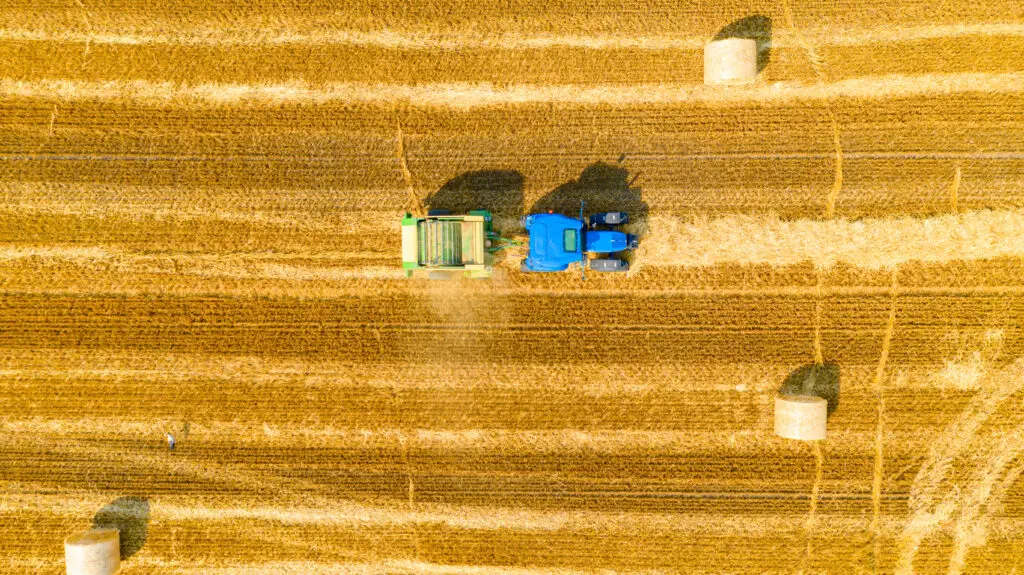A group of Australian researchers has discovered an new way to recycle synthetic bale twine. They say it’s high time for a solution, citing a growing volume of agricultural waste.
Farmers all around the world use millions of kilometres of weather-resistent baling twine every year. The material helps keep bales of hay, straw and other crops compact during transportation and storage. We’re talking about an estimated 400 000 tonnes worth of material.
In fact, new market data suggestsa the global market currently exceeds EUR 1 billion. It will likely reach EUR 1.6 billion by 2033.
Durable, highly contaminated
At end-of-life stage, part of the problem is that the twine is very strong, doesn’t break down as it is typically made from plastic and gets contaminated by soil, animal skin and faeces.
Australia’s La Trobe University has taken on this particular recycling challenge. It has received support from plastics recycler Ritchie Technology plus financial backing from Sustainability Victoria’s Circular Economy Markets Fund. The partners have demonstrated agricultural bale twine can be successfully and affordably melted down with a machine (Rtec Melter) developed by Ritchie Technology.
‘We found that polymer-based bale twine can be efficiently melted and reformed into valuable products such as durable garden planters, outdoor furniture and construction materials,’ reports lead researcher, Associate Professor Ing Kong. La Trobe’s experiments focussed on polypropylene (PP) bale twine. The material was collected from multiple farmlands in the Gisborne area.
Low-cost solution
Thermal analysis indicated that the melting temperature of the material was 162.49 °C, similar to virgin PP (in which case the melting temperature is about 10°C lower) in less than 10 minutes. Additionally, tensile testing revealed that the twine had an ultimate strength of 13.06 MPa. Researchers believe fillers or surface coatings could reduce material brittleness.
The overal recycled material performance closely mirrors that of virgin PP and is described as ‘very promising’. Kong points out that the plastic-based twine is very well suited to being extruded into 3D printable filament.
‘This work has the potential to influence industrial practices by providing an example of scalable, low-cost recycling solutions,’ says Kong. His team is working on extending the innovation to other waste streams and more applications.
Don't hesitate to contact us to share your input and ideas. Subscribe to the magazine or (free) newsletter.



